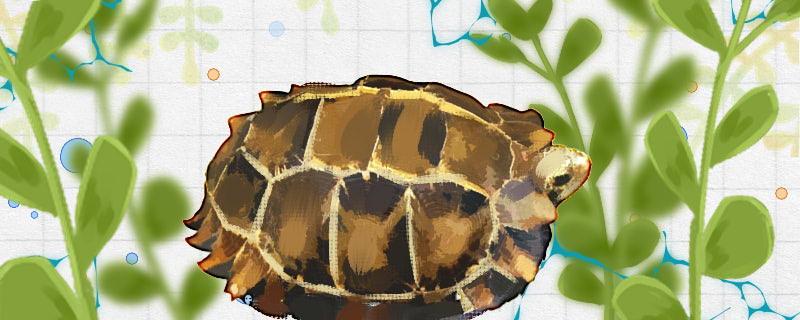
The tortoise with a concave shell can be raised artificially, but it is very difficult to raise them. They can be said to be one of the most difficult tortoises to raise artificially. The tortoises are relatively sensitive to the environment around them, and if the environment is not suitable, they will easily die. This kind of tortoise is a kind of protected animal at present, and the unsuitable environment is an important reason for their decline. If they are raised in captivity or kept in protected areas, special attention should be paid to regulating the environment, otherwise they are prone to death.
1. Environment: a tortoise is a terrestrial turtle, they generally live on land. When raising artificially, there should be a larger space first, which is arranged into a land-based pattern, laying sand, or leaving a small water area for bathing. Some green plants are also planted in the environment to simulate the ecological environment in the field and provide them with a good place to live. A special place for them to bask in the sun can be set up in the environment.
2. Feeding: When breeding tortoises, feeding is a very important link. Pay attention to the types of food and the amount of feeding. This kind of tortoise is a kind of tortoise, like to eat all kinds of plants, mainly fruit food such as apples, watermelons and so on; Cereal food such as rice, corn, etc.; There are also vegetable foods such as carrots, cucumbers and so on. Feeding food for raw food, do not need to be cooked, but before feeding to wash, it is best to soak 30 minutes before feeding.
3. Temperature: It is very important to adjust the environmental temperature, which will affect the activity and feeding of the tortoise. The most suitable growth temperature is 24-28 degrees, when the temperature is low, they can be heated by heaters or not, so that they can naturally enter hibernation.
4. Sunning: It is very necessary to give sunning tortoises sunning on time, which helps to strengthen their physique, and can also effectively avoid the occurrence of cartilage and soft nail diseases, and the exposure to sunlight is conducive to their absorption of vitamins and calcium.